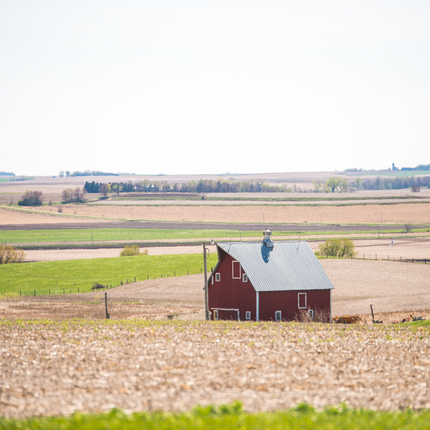With the dust settling from the 2020 election, questions about how the results will impact farm policy and the next farm bill have surfaced.
One of the biggest changes is that formal leadership on agricultural policy in Congress is shifting. For the first time in decades, three of the four Congressional seats of leadership—the two heads of the House and Senate agriculture committees—are changing.
In the House of Representatives, Chairman Collin Peterson (D-MN) lost his reelection bid, and ranking member Mike Conaway (R-TX) did not seek reelection. Their replacements are not finalized, but their Minnesota and Texas perspectives will not be replaced.
In the Senate, Sen. Pat Roberts (R-KS) also did not seek reelection, and his chairmanship is likely to pass to Sen. John Boozman (R-AR). His Democratic counterpart, Sen. Debbie Stabenow (MI), is the only member of the current Congressional agricultural leadership who remains.
The changes mean there will be a shift away from a strong Midwest commodity and livestock perspective, particularly as Sen. Roberts and Rep. Peterson step down. However, Nebraska, Iowa, and neighboring states currently have healthy representation on both the Senate and House agriculture committees, and they will surely work to shape upcoming farm bill proposals.
In short, work is still needed to ensure the new leadership and all Congressional agriculture committee members understand the challenges and policy needs of small family farms in the 2023 farm bill.
The Biden administration will also have several immediate issues to tackle in 2021, which will have implications for the next farm bill.
One of these will be how to move forward with the precedent set by the Trump administration of using Commodity Credit Corporation funds to make ad hoc payments to farmers, which was done as part of the Market Facilitation Program in 2018 and 2019, and the two rounds of Coronavirus Food Assistance Program (CFAP) in 2020. Headlines that 36 percent of 2020 farm income is coming from government payments are turning heads in Washington, and most farmers are not happy about increased reliance on government payments to handle cash flow challenges.
In addition, with the exception of the most recent CFAP 2 payments, smaller and more diversified farmers were generally not eligible for the ad hoc payment programs. The flow of payments has unfortunately served to widen the split between large and small operations.
With every election and change in federal leadership, there are new opportunities for lifting up and advancing agricultural policy to support farmers and rural communities. What are you most concerned about? Let us know, at [email protected].





